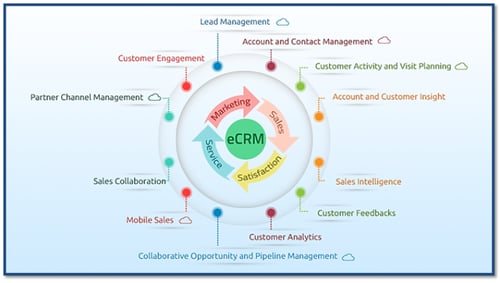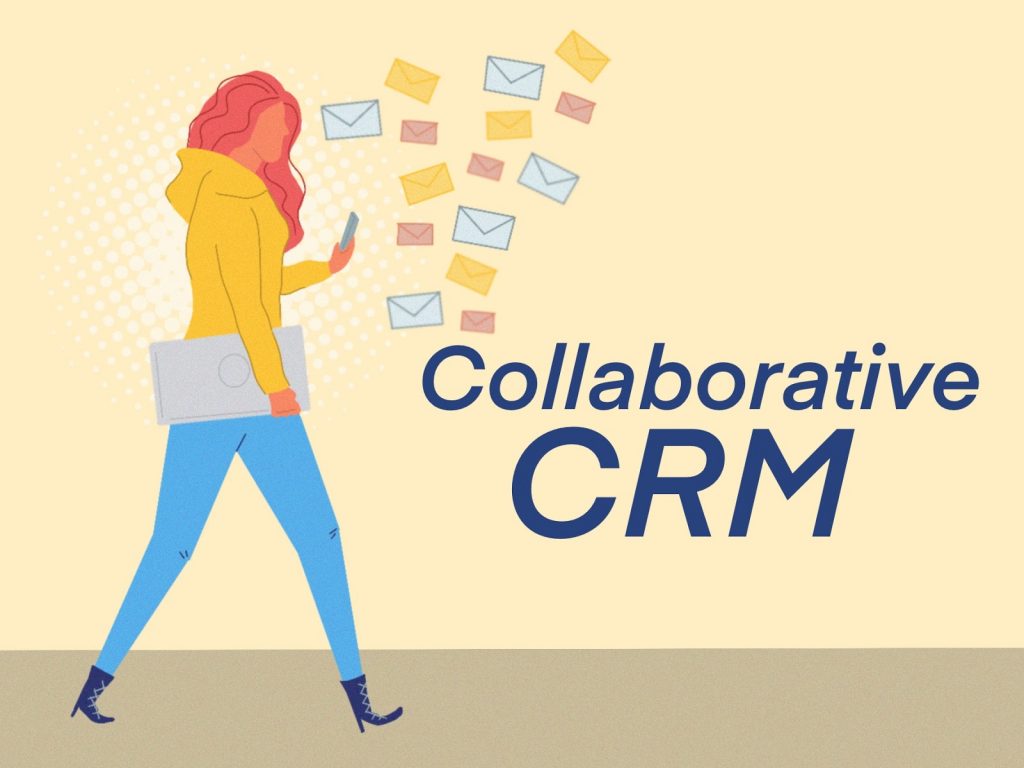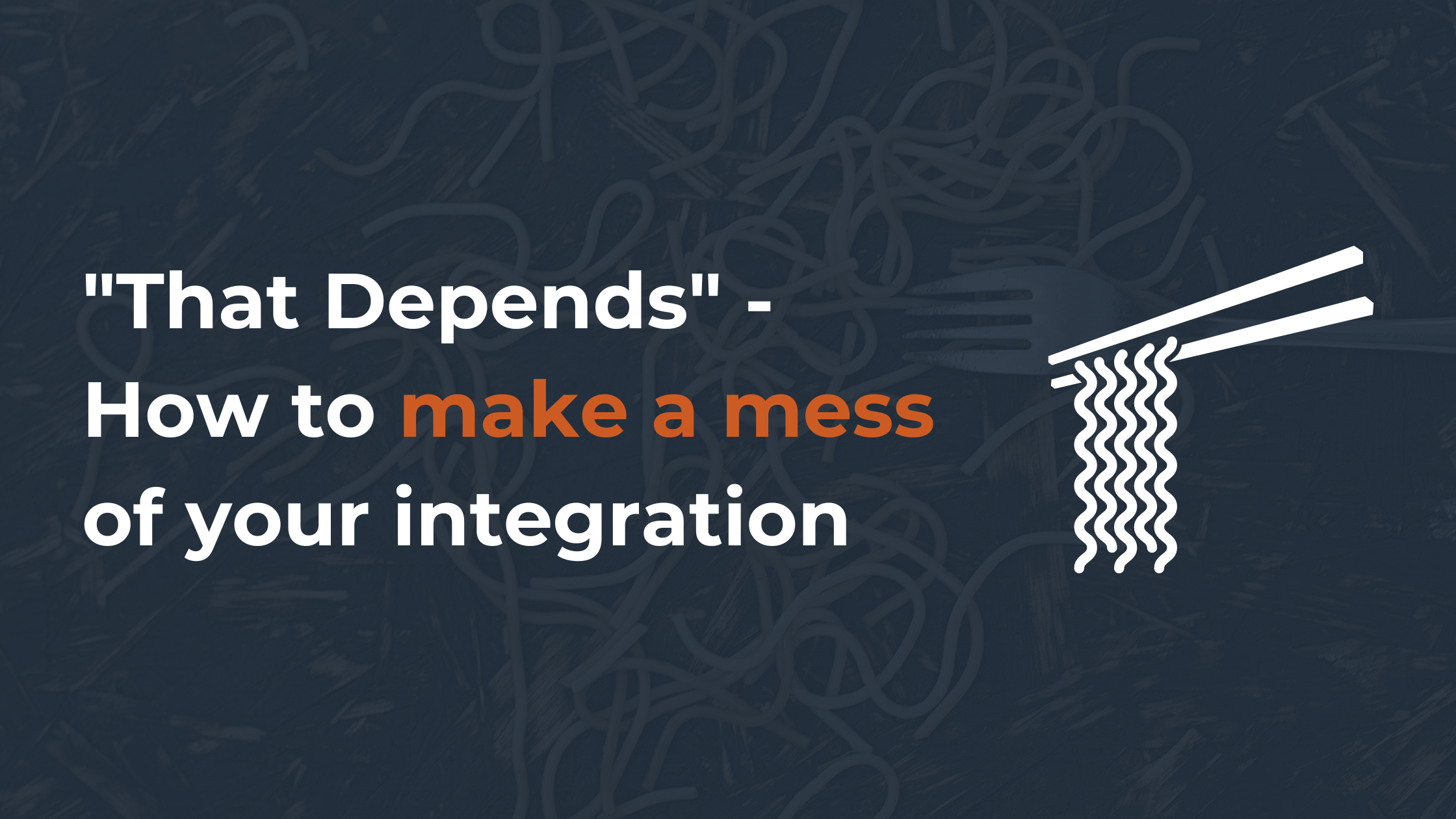With a customer relationship management platform, you put all your business activities together in one place, centralize your data and automate tasks.
There are three different types of CRM in the CRM world: operational, analytical, and collaborative. Here we’ll discuss the main features and benefits of collaborative CRM.
What is Collaborative CRM?

Collaborative CRM allows you to create communication between different organizations related to customer service. Collaborative types of CRM can include various company divisions, such as marketing, sales, customer service, technical support, external customers, vendors, and distributors.
The primary role of this CRM is to simplify workflows and processes through organizational structures and hierarchies. It is a common phenomenon that there is a bit of tension or opposition once plans are handed over from one department to another.
Although it may seem simple and straightforward, it takes a lot of teamwork, and any weaknesses will cost you dearly. A fully collaborative CRM system would allow managers and supervisors to interact and exchange concepts, ideas, workloads, and tasks with their superiors and employees alike.
Collaborative CRM automates the back-office operation, customer interactions, and business management, which means more transparency among the organization’s teams.
The idea of collaboration in the workforce is not new and has been redefined every time new technology innovation makes it available on the market. Cloud technology advances have made it possible for CRM vendors to deliver comprehensive cloud-based collaborative CRM software solutions that utilize the Internet’s power as a unified business platform.
Collaborative CRMs will unite the whole company to achieve a common goal, optimizing customer service to increase the satisfaction rate.
Components of Collaborative CRM

When teams collaborate and share customer information, they can maximize profitability and increase customer satisfaction and loyalty.
There are two significant parts to a Collaborative CRM:
- Interaction Management
This management process deals with creating a contact or interaction channel process within a company that is unique to customer interaction and eventually increases the level of communication between the two parties. The communication channel depends on the choice of the consumer on how the exchange should be handled.
Some consumers prefer to be reached by phone and email because of more ease or lack of manual interaction due to lack of time or lack of resources. Some of them choose to have live online meetings or web meetings to minimize travel time and lack of time, or they may choose to have a more transparent, real-time atmosphere by sitting at a desk and transacting.
Some customers rely on agent-led services, mostly face-to-face meetings, since they feel that this is more effective and reliable. Based on these interactions, a company must address these consumer needs and collect knowledge from them and incorporate it into the CRM before engaging to maximize business power.
- Channel Management
After evaluating and implementing the interaction medium, it is vital to enhance the channels through which the customer interacts. Using the latest technical aspects to enhance channel engagement could help contact customers and collect information from them to help organizations understand their customers. It is, therefore, necessary for an organization to arrange the channel responsibilities and duties.
Key features

Using collaborative CRM software, your company will streamline sales, marketing, and customer support processes resulting in enhanced company-wide communication and Customer Satisfaction.
How? Look at the following features:
- Cuts down customer service costs
- Increases the value-add of your products
- Provides a better upsell to existing clients
- Increases customer retention rates and loyalty
- Collects organizes and shares customer data across multiple teams
- Improves the overall customer experience with unified messaging
- Enhances communication between departments
- Shares customer details with other parties
- Knows customer requirements and preferences
- Promotes a customer-centric culture
- Entangles web or online collaboration to cut down the service cost of customers
- Integrates customer interaction with call centers to enable multi-channel interaction with customers

Benefits of Collaborative CRM
- Improves customer service
Some consumers prefer email contact, others like social media, over-the-phone, or face-to-face contact. It may be hard to keep track of who likes what. One of the key benefits of collaborative CRM is that you can reach out automatically through the right, most powerful communication channel.
- Customer data available for multi-channel interactions
Your customers connect with you in several ways, through different platforms. Collaborative CRM enables you to integrate data from all your communication channels and link your call center activities to your other operations, providing interactions that exceed any single department or team role.
- Retain existing clients
Collaborative CRM lets you build a detailed profile of the consumer and their expectations for best practice. You’ll be able to meet them via the platform they want, armed with up-to-date information — a quite certain-fire way to drive customer engagement and minimize churn.
- Makes better work process
Getting customer interaction data in one location would make the company smarter. Team members will be able to view individual case files in real-time. The need for face-to-face meetings has gone down, and defects and redundancies are avoided; thus, service costs are reduced.
Final Words
Now you know about Collaborative CRM, how it works, and where it can be utilized.
Hopefully, if you’re already using a CRM, this post helps you utilize it more effectively, and if not, then at least narrow down which CRM you need for your business.
It’s vital to think about the business strategy before you purchase and introduce a program and ensure that the type of CRM software solutions you choose is the best option to maximize your sales volume and boost your business.





.png)

